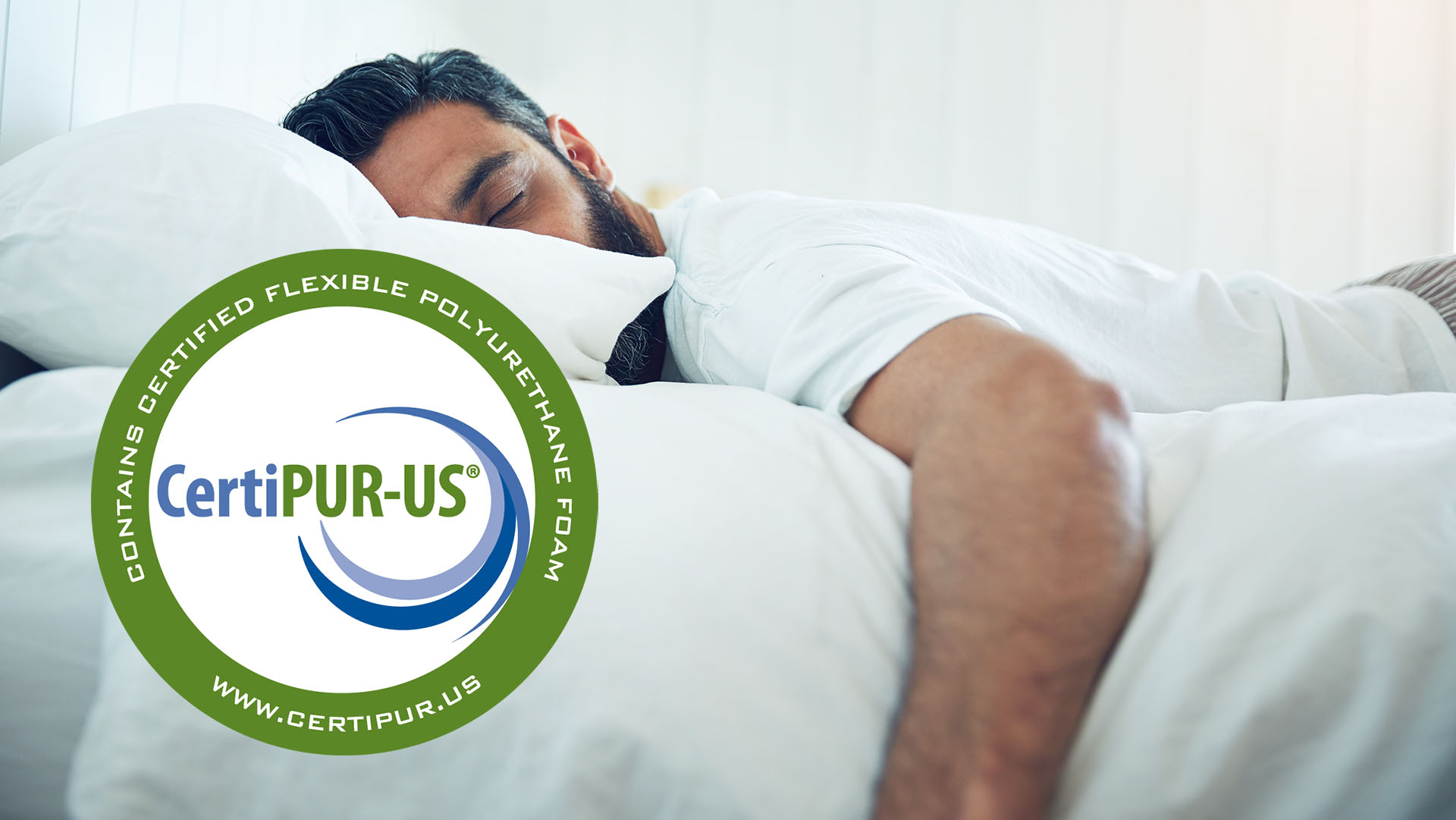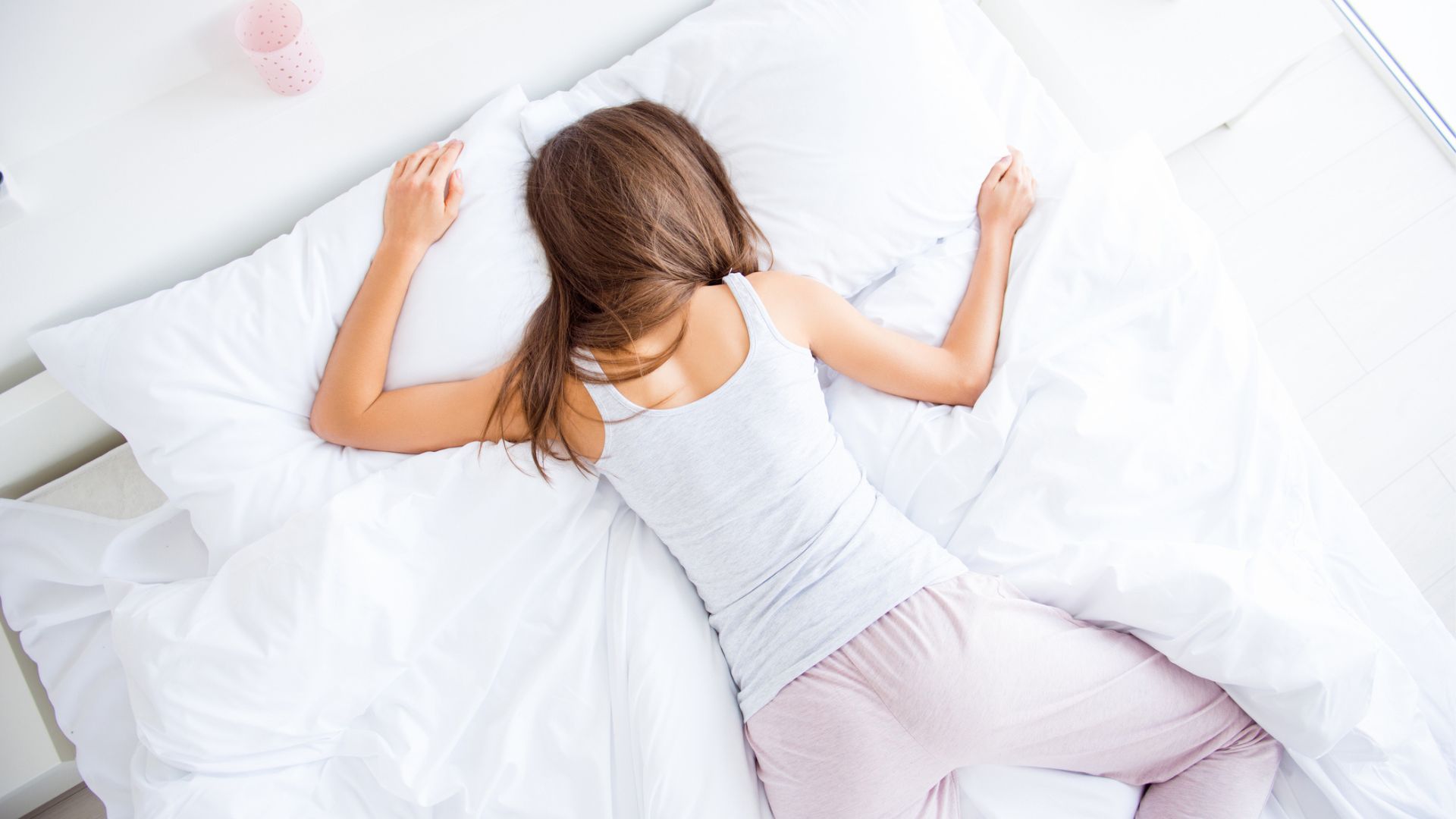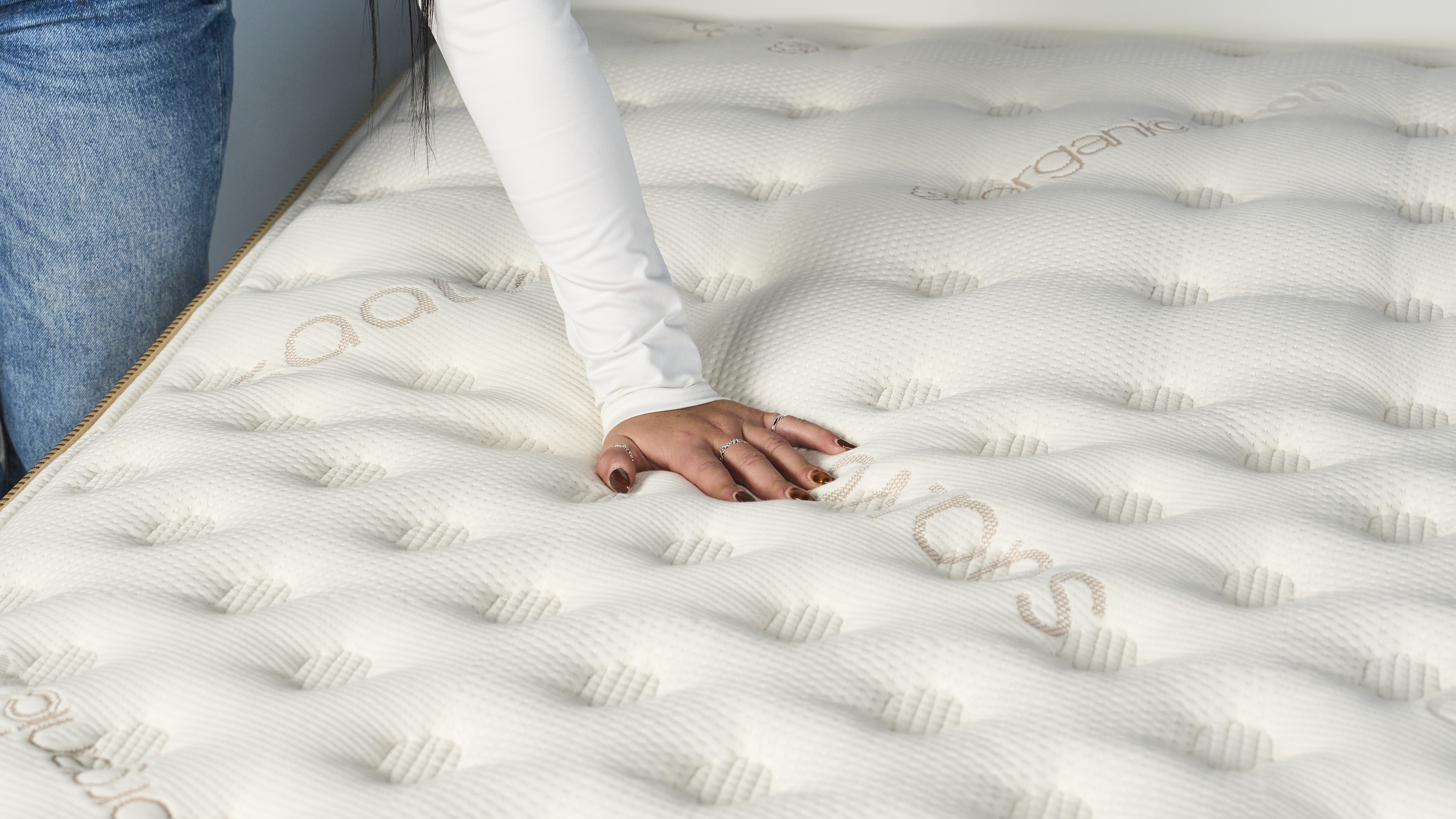What does CertiPUR-US certified mean for mattresses?
Lots of foam mattresses have a CertiPUR-US certification, but what does it mean, and does it really matter?

If you’re shopping for a new mattress, it’s likely you’re now considering a memory foam mattress. And that’s no bad thing.
Many of this year’s best mattresses are quality foam mattresses that offer fantastic pressure relief, support and comfort, as well as exceptional motion isolation. But how can you tell if chemical-based foams are safe? Especially if you’re opting for a budget mattress?
The best memory foam mattresses will have certain mattress certifications that prove the mattress is safe for both the environment and your health. One of the most important to look for on a label? CertiPUR-US certified.
Here, we’ll be taking a closer look at what CertiPur-US certified means for mattresses, why it’s important and how to tell if a mattress is made with certified safe foams.
What does CertiPUR-US certified mean?
CertiPUR-US is an independent organization that tests polyurethane foam to ensure it adheres to environmental and health safety standards.
Polyurethane releases VOCs (volatile organic compounds) which, at high levels, can irritate the skin, airways, eyes and nose and pose a danger to your respiratory system. This is what causes that distinctive off-gassing smell when you unbox a new memory foam mattress.
These foams are made by reacting di‐isocyanates and polyols, which are created from crude oils. These are harsh chemicals that can be dangerous with unregulated production practices.
Sign up to get the BEST of Tom's Guide direct to your inbox.
Get instant access to breaking news, the hottest reviews, great deals and helpful tips.

CertiPUR-US ensures foams that are certified are made without the following:
- Formaldehyde: Formaldehyde can cause poor indoor air quality. It's not typically used in foam manufacture, but it's tested for anyway
- Ozone depleters: A CertiPUR-US certification ensures no CFCs or other ozone depleters have been used in the manufacturing process, which means your mattress isn't actively harming the environment in this way.
- Phthalates: Phthalates are used as a softening agent in the manufacturing process for certain consumer products. There are eight specific toxic phthalates that are banned in products for children, under the 2009 Consumer Product Safety Improvement Act
- Heavy metals like mercury and lead: Exposure to certain heavy metals, such as mercury and lead, can be dangerous to your health, which is why they're commonly tested for in home products
- High levels of VOCs: To get a CertiPUR-US stamp of approval, the foam must have low VOC emissions for indoor air quality (less than 0.5 parts per million).
- Harmful chemicals: The organization screens for toxic chemicals considered to be carcinogens, mutagens or reproductive toxins and are harmful to human health

Why is a CertiPUR-US certification important for mattresses?
When memory foam mattresses boomed in popularity, many cheap mattresses opted to use budget polyurethane foam and it was suspected that lots of beds being imported to the US were using banned chemicals.
As these budget brands weren’t upfront about their chemical usage, it was impossible for consumers to know what was in their beds. But these mattresses had the potential to not only harm their health, but also the environment.

So CertiPUR-US was set up to test the foams in laboratories and identify exactly what was being used.
This testing is especially important for mattresses due to the close contact we have with them, breathing in the VOCs and the fibers contained in them and having skin contact for extended periods of time.
What mattresses are CertiPUR-US certified?
You can generally rest assured that the best luxury mattresses are Certi-PUR-US certified, as they’ll use higher-quality, higher-density foams.
The Saatva Classic, for example, not only has CertiPUR-US certification, but also GREENGUARD Gold that regulates VOCs further.
If you opt for a cheap imported mattress from Amazon, you’ll want to look closer to ensure the foams are definitely safe for your health.
Although, with increasing awareness, the majority of the best cheap mattresses that use foam are now CertiPUR-US certified, so your budget shouldn’t impact whether you can get a safe and healthy bed.
The Siena Memory Foam mattress, for example, is just $359 for a queen but its foams are still CertiPUR-US certified.

How can you tell if a mattress is CertiPUR-US certified?
Many mattress brands advertise their Certi-PUR-US certification on their website in the details section of a mattress listing.
It’s also becoming more and more common to see dedicated ‘certification’ pages on mattress brand websites, to increase transparency and consumer trust.
If you can’t find this information when shopping for a mattress, you can find a list of participating brands on the CertiPUR-US site.
If the mattress has no mention of CertiPUR-US on its website, and it's not included in CertiPUR-US's list, we'd assume the foam is not certified.

Lauren is an experienced writer and editor in the health and lifestyle industry and has led many campaigns and projects that deliver news, advice, and research on all things sleep. As the Sleep Features Editor for Tom’s Guide, Lauren writes, commissions and edits sleep and mattress content, from in-depth how-tos in sleep and mattress health to interviews with doctors and neuroscientists on the latest news in sleep. Lauren regularly tests new sleep tech and accessories to evaluate their effectiveness for getting good quality sleep and easing specific sleep struggles like nighttime anxiety. Alongside this, Lauren reports on the best mattress brands out there, like Helix, Saatva, and DreamCloud, helping readers find the right mattress for them and the best deals on them.
You must confirm your public display name before commenting
Please logout and then login again, you will then be prompted to enter your display name.
